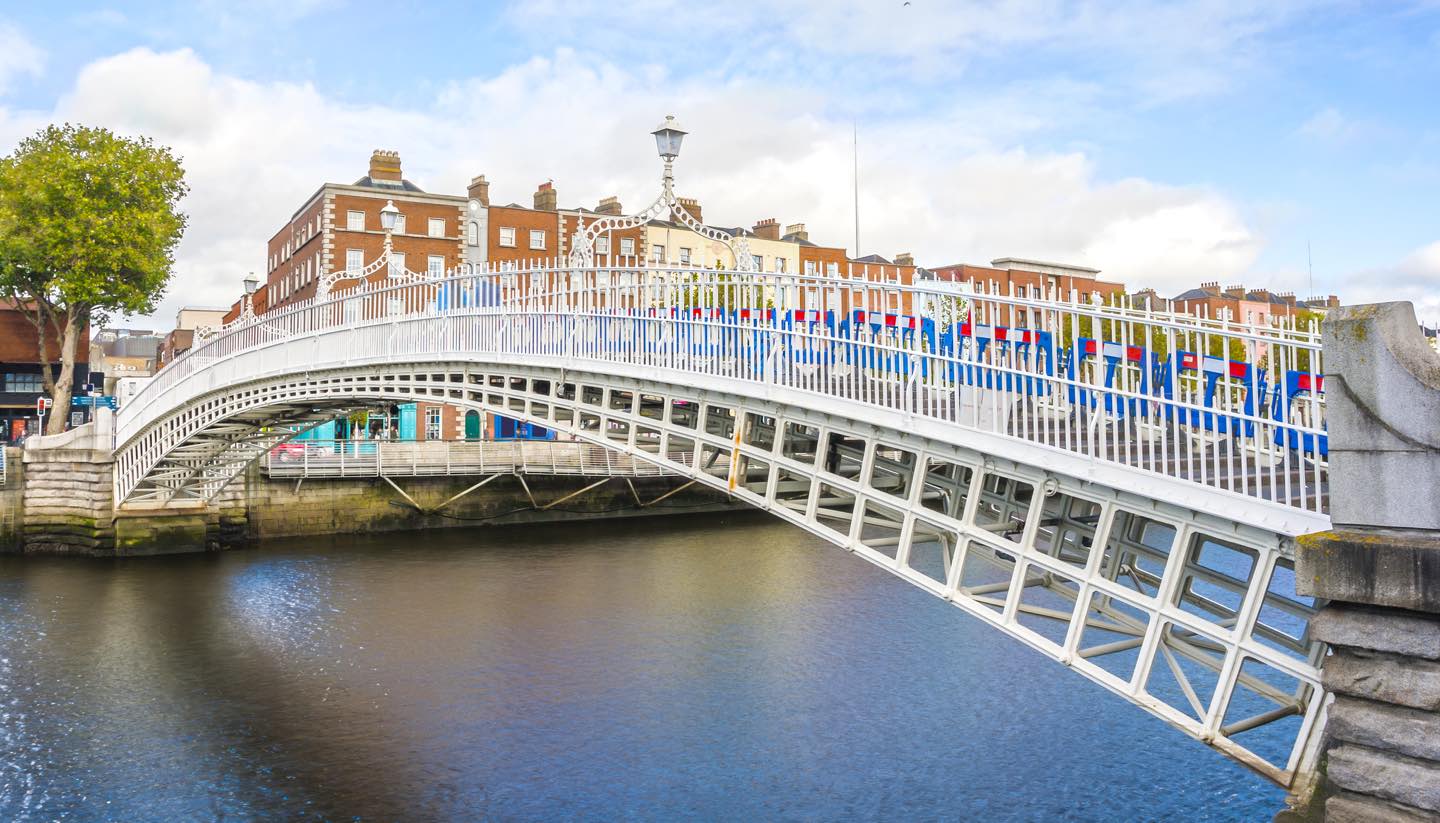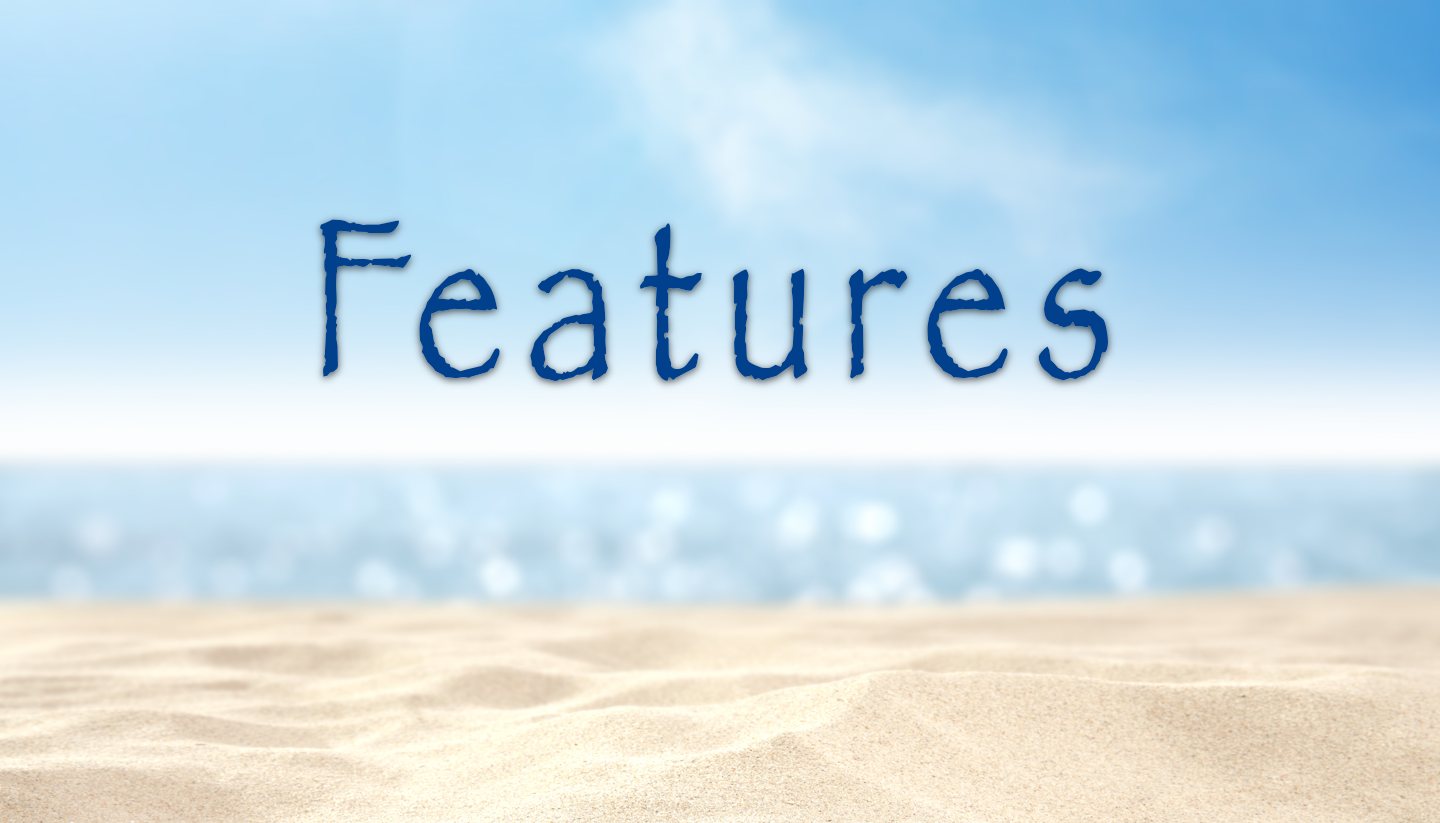Things to see in Dublin
Attractions
Dublin Castle
Dating from Norman times, Dublin Castle has had a coloured history since its construction in 1204. Memorable tales here bring back British rule, the kings of old and stolen state treasures. Admission to the main building is by guided tour only, running every 20 to 30 minutes. The courtyard and impressive Chester Beatty Library (beside the gardens) are worthy explorations too.
Address: South Central Dublin, Dame Street, Dublin, Dublin 2Telephone: +353 1 645 8813.
Opening times:
Mon-Sat 0945-1645, Sun 1200-1645.
Website: http://www.dublincastle.ieAdmission Fees:
Yes
Disabled Access: YesUNESCO: No
Trinity College Dublin
Visitors can drift among the ghosts of artists past in one of the world's most famous centres of learning. Jonathan Swift, Bram Stoker, Oscar Wilde, Samuel Beckett and many other seminal thinkers and writers studied at Ireland's oldest university, which was founded in 1592. Its main attraction is the Book of Kells, an illuminated manuscript dating from around AD800, which is displayed in the magnificent Old Library.
Address: South Central Dublin, College Green, Dublin, Dublin 2Telephone: +353 1 896 2320.
Opening times:
Mon-Sat 0930-1700, Sun 0930-1630 (May-Sep) and 1200-1630 (Oct-Apr).
Website: http://www.tcd.ieAdmission Fees:
Yes (for The Book of Kells and tours); free access to campus.
Disabled Access: YesUNESCO: No
Kilmainham Gaol
A former prison that housed the leaders of failed uprisings against the British from the 1780s to the 1920s, this museum gives a detailed insight into Ireland's political history, and includes the site of the execution of 14 members of the Easter Rising in 1916. The history of the prison itself is also explored. Access is by guided tour only.
Address: Central West Dublin, Inchicore Road, Dublin, Dublin 8Telephone: +353 1 453 5984.
Opening times:
Daily 0930-1730.
Website: http://kilmainhamgaolmuseum.ieAdmission Fees:
Yes
Disabled Access: YesUNESCO: No
Croke Park
Gaelic football and hurling at Croke Park are an unusual and essential experience for those with even a modest interest in sport. On match days, make noise on the Hill 16 terrace cheering on the sky blues of Dublin. Otherwise, check out the GAA Museum, featuring the history, rules and the chance to have a go at Gaelic sports. The views from the Etihad Skyline, a 0.6km-long (0.37 mile) walkway around the roof, aren't bad either.
Address: , Jones Road, Dublin, Dublin 3Telephone: +353 1 819 2323.
Opening times:
Mon-Sat 0930-1700, Sun 1030-1700 (Jan-May and Sep-Dec); Mon-Sat 0930-1800, Sun 1030-1700 (Jun-Aug).
Website: http://www.crokepark.ieAdmission Fees:
Yes
Disabled Access: YesUNESCO: No
Christchurch Cathedral
Richard de Clare, who helped lead the Norman invasion of Ireland, founded Christchurch Cathedral on the site of a Viking church in 1172. Highlights include the Leaning Wall of Dublin, the north nave wall that has leant 46cm (18 inches) since 1562 when the roof collapsed. There's also a mummified cat and mouse found in an organ pipe, the heart of the patron saint of Dublin, and a large crypt full of other unusual relics.
Address: South Central Dublin, Christchurch Place, Dublin, Dublin 8Telephone: +353 1 677 8099.
Opening times:
Mon-Sat 0900-1900 (Apr-Sep); Mon-Sat 0945-1700 or 1800 (Sep-Mar).
Website: http://www.christchurchcathedral.ieAdmission Fees:
Yes
Disabled Access: NoUNESCO: No
St. Patrick’s Cathedral
The largest cathedral in Ireland, this magnificent building was constructed on the site of an ancient well allegedly used by St Patrick to baptise believers in the 5th century. The saint's life is depicted in 39 different episodes on the window at the west end of the Cathedral. Jonathan Swift, the author of Gulliver's Travels, was dean of the cathedral from 1713 until his death in 1745 and is buried here.
Address: Central Dublin, St. Patrick's Close, Dublin, Dublin 8Telephone: +353 1 453 9472
Opening times:
Mon-Sat 0930-1700, see website for details on Sun.
Website: http://www.stpatrickscathedral.ieAdmission Fees:
Yes
Disabled Access: YesUNESCO: No
National Museum of Ireland (Archaeology)
Among this rich collection of Irish antiquities, dating back to 7000BC, are the 8th-century Ardagh Chalice and the 12th-century Cross of Cong. Most visitors are taken with the petrified bog bodies (Iron Age mummies of sorts) as well as the Egyptian room and the detailed Viking exhibits. This is just one of three nationalised museum venues, with further collections on view at Collins Barracks (Decorative Art and History) and at Merrion Square West (Natural History).
Address: , Kildare Street, Dublin, Dublin 2Telephone: +353 1 677 7444.
Opening times:
Tue-Sat 1000-1700, Sun 1400-1700.
Website: http://www.museum.ieAdmission Fees:
No
Disabled Access: YesUNESCO: No
Guinness Storehouse
The world's largest single-beer company began in 1759, when Arthur Guinness brewed the first pint of Dublin's champagne. The brewery itself is closed to visitors, but a trip to this state-of-the-art museum shaped like an oversized pint glass tells visitors everything they ever wanted to know about the famous stout. The tour culminates with a free pint of the legendary black stuff in a bar with a view.
Address: Central West Dublin, St James's Gate, Dublin, Dublin 8Telephone: + 353 1 408 4800.
Opening times:
Daily 0930-1700 (Sep-Jun); daily 0930-1900 (Jul-Aug).
Website: http://www.guinness-storehouse.comAdmission Fees:
Yes
Disabled Access: YesUNESCO: No
Dublinia
An exploration of Ireland's Viking heritage, Dublinia brings medieval Dublin to life through recreations, interactive media, overlay maps and the odd bit dressing up. There's plenty here for the children and even more the serious history buff, including glances at excavations and a real sense of the city's hardship when it was built on the bones of Viking conquests.
Address: South Central Dublin, St Michael's Hill, Dublin, Dublin 8Telephone: +353 1 679 4611.
Opening times:
Daily 1000-1730 (Mar-Sep), daily 1100-1700 (Oct-Feb).
Website: http://www.dublinia.ieAdmission Fees:
Yes
Disabled Access: NoUNESCO: No
Phoenix Park
Europe's biggest walled city-centre park boasts more than 707 hectares (1,752 acres) of wilderness and landscaped gardens. It's located on the western edge of the city and originally served as a 17th century royal hunting ground, resulting in a herd of deer today. Dubliners enjoy its landscaped gardens, nature trails and grassland. The park also houses Dublin Zoo - home to 400 animals and tropical birds.
Address: Central West Dublin, Phoenix Park, Dublin, Dublin 8Telephone: + +353 1 677 0095.
Opening times:
Daily 24 hours.
Website: http://www.phoenixpark.ieAdmission Fees:
No
Disabled Access: NoUNESCO: No
Tourist Offices
Visit Dublin
Address: Grafton Street, 25 Suffolk Street, Dublin, Dublin 2Telephone: +353 1 8502 30330.
Opening times:
Mon-Sat 0900-1730, Sun 1030-1500.
Website: http://www.visitdublin.comDublin's sightseeing options are vast. While there are many shops purporting to be 'tourist information' centres, most are commercial operations. The official Suffolk Street outlet is located in a re-purposed church, and serves as a goldmine of entry tickets, hotel booking, reams of information and neutral advice. There are more brochures on offer here than you'll want to carry, but stock up on a few favourites, check for the city's regular festivals and grab a map on the way out.
Tourist passes
The Dublin Pass (www.dublinpass.ie) is a good investment if you're planning on going heavy on the sightseeing, offering 33 attractions for a single price. It comes together with a guidebook, fast-track entry and special offers only available to pass holders at a further 20 attractions. Book in advance for its free airport transfer offer. The pass is available for 1-, 2-, 3- and 6-days from tourist information outlets.




